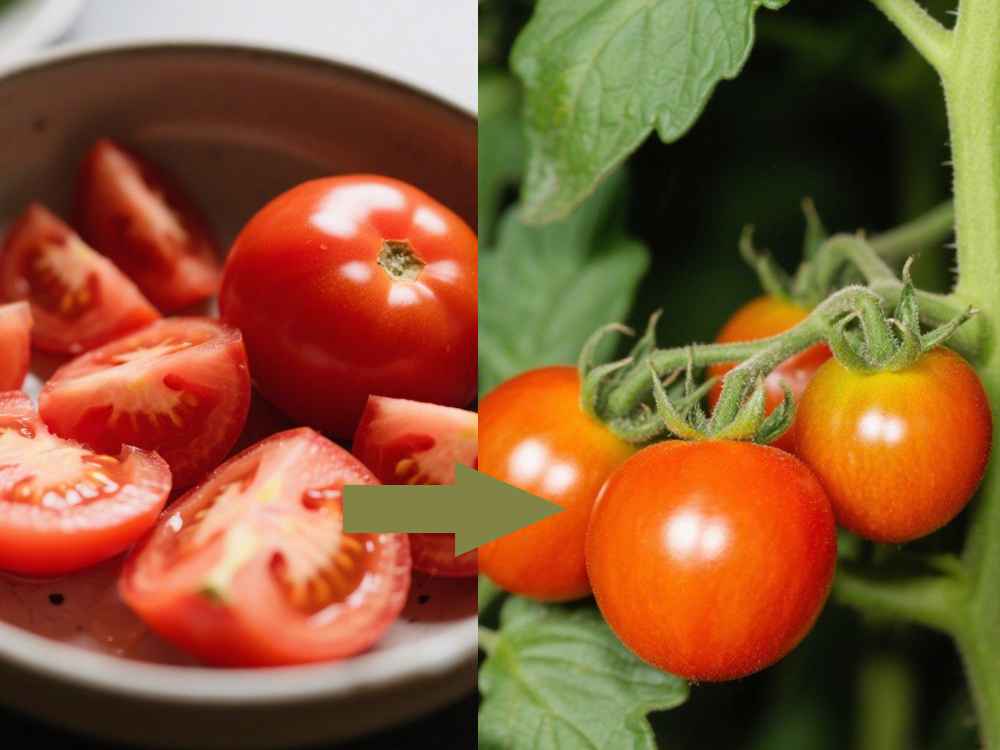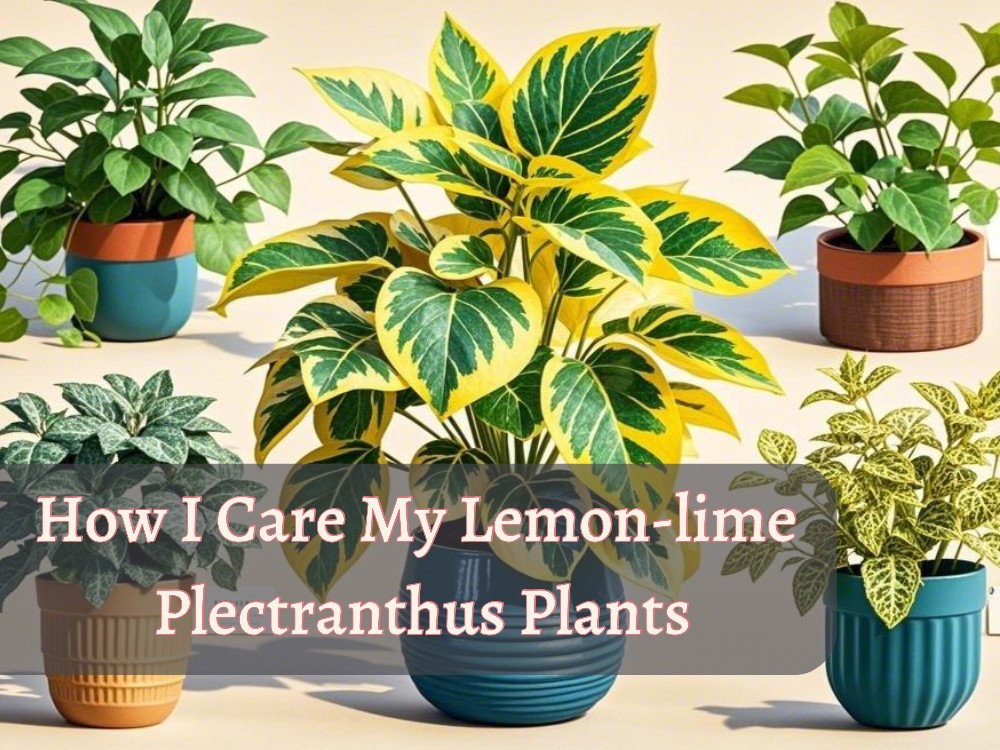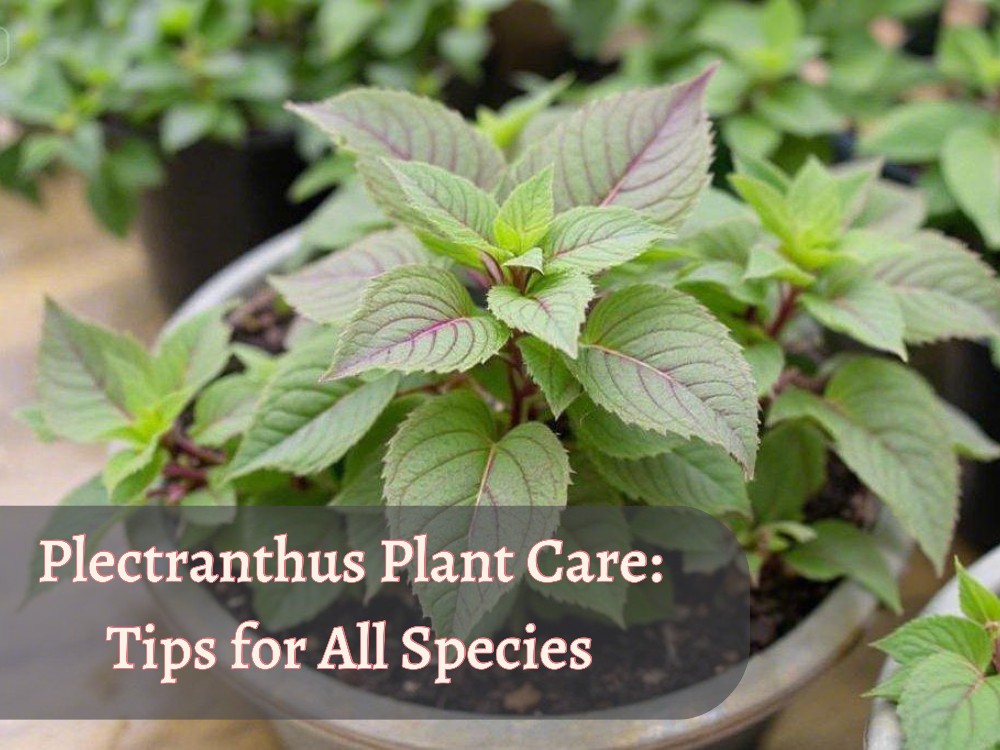Tomato seeds are not like common vegetables. Extracting their hidden jelly layer and giving them new life is a little science. Sowing tomato seeds seems likely to drop a tiny piece of hope into the ground.
Let me tell you we will learn something like “how to sow tomato seeds”. The five unique steps to sow tomato seeds are becoming an incredible experience for your long-term gardening journey.
Should tomatoes be grown indoors or outdoors?
When sowing tomato seeds, this question could come to your mind. For that, You need to consider whether the last frost date has passed or not in your local area.
If the frost date has passed and outdoor conditions are going well, then you can sow tomato seeds in small containers or pots so that you can move them indoors in any unsuitable situation.
Unsuitable conditions for tomato seed growth
- Too low temperature (>10C) or too much (<30C)
- Too much wet and waterlogged soil (that mostly happens due to heavy rainfall)
However, indoor tomato sowing is considered safe and effective due to the tendency of tomato plants, especially during seed germination.
Unexpected weather conditions, such as sudden rainfall, storms, and high temperatures, delay the germination period, and even sometimes, it may stop.
What Materials are for Which Place?
For Indoor
If you are sowing seeds indoors due to long frost duration or early harvest desire, then you may need;
- A seedling or plug tray
- Humidity dome
- Seed starting mix
- Heat mat (warm area)
- Indoor LED grow lights
When the last frost date passes, and the soil temperature is above 10 Celsius, you will need to transplant tomato seedlings (when they are at least 2 to 3 inches tall) in a pot or directly in the open garden.
For Outdoor
On the other hand, if you are sowing tomato seeds outdoors due to the long growing season and short frost periods, you should have;
- Small moveable pots or containers
- Light-weight and moisture-retaining garden soil or seed starting mix (ideal)
- Organic mulch (straw, shredded leaves, grass clippings)
Here, you mostly don’t need to transplant seedlings because you are already growing in a big pot or container where a young tomato plant can survive.
Remember! It’s dependent on your local climate to decide where to sow tomato seeds, so make the best decision! However, it is recommended to sow seeds indoors 4 to 5 weeks before the last frost because you control everything yourself and achieve harvest at the right time.
Five Simple Steps to Sow Tomato Seeds
So, whether you are sowing tomato seeds indoors or outdoors, here are five easy steps to speed up germination.
Do You Know? According to Bootstrap Farmer, trays 2″×2″ in size with 32 cells are suitable for tomato seeds, and trays with 50 cells offer more space for ease. However, roots fill quickly in small containers, so after that, they have to be moved to a larger pot. In a case study, tomatoes from small-six packs had to be shifted to a larger pot a week early to let them become equally vigorous.
1-Select Suitable Variety and Its Seeds
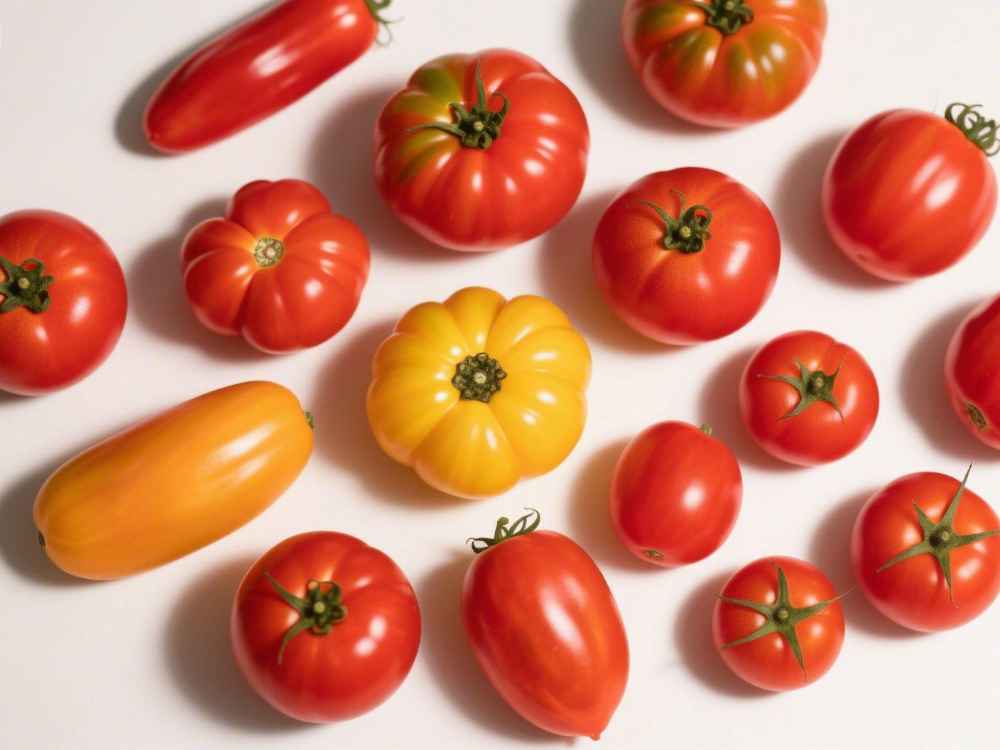
First, search for which variety can grow healthy and give you harvest at the right time in YOUR AREA because each tomato variety has little distinct growth period, especially hybrid tomatoes. Here’s the native growth cycle of tomato plant!
- If your area experiences long and harsh winters, choose cold-tolerant tomato varieties, such as Sub-Artcitc, Seberian, Coldest, Clacier, and Stupice.
- If you live where the temperature goes up to 30 Celcius, look for heat-tolerant tomatoes that also should be disease resistant, such as Phoenix, Florida 91, Heatwave II, Solar Firem, and Heatmaster.
Healthy tomato seeds with a browny or khaki color are necessary for proper germination. Always extract the seed from red, ripe, healthy, and fully mature tomatoes, or buy ready-made seeds from an authentic source.
- What is the Best Shade Cloth for a Garden in Phoenix?
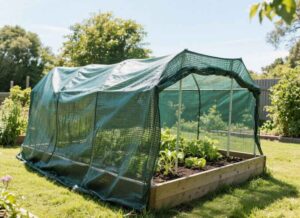
- Can You Grow a Loquat Tree in North Carolina?

- Can You Grow Loquats in Georgia? What’s Reality

- When to Plant Loquat Seeds in Florida for Best Growth

- Explore When to Plant Loquat Seeds in Texas

- Best Fruit Trees for Georgia: 4 Easy Choices for Beginners

2-Fermentation and Soaking Tomato Seeds
Seeds From A Fresh Tomato
If the seeds are extracted from the tomato, clean and ferment them to remove the slimy gelatinous coating.
Do you know? This slimy coating is a protective layer that prevents seeds from germinating inside the tomato. If it is not removed through fermentation, seeds delay germinating or may suffer from fungus or bacteria.
Before 24/48 hours of sowing tomato seeds, soak them in water in the bowl. At the planting time, wash them properly and let them dry out for 2 days more. Here, explore 6 steps to ferment tomato seeds!
Fermentation may take 2 to 4 days, so I mostly keep preparing my tomato seeds for the next year.
Research also shows better results in seed germination when soaking seeds for 24 hours. However, if time is short, it can benefit to let them in water for 2 to 4 hours.
Ready Made Tomato Seeds (From Market or Nursery)
Purchased tomato seeds are mostly ready to sow, but still, soaking them in water for 8 to 12 hours softens their coating and helps them to sprout quickly.
Don’t forget to dry tomato seeds for 1 to 2 hours. If there is any powder or color on the seeds, do not soak them, because it is a protective coating to boost germination.
3-Pour Mix Soil and make Spots for Seeds Sowing
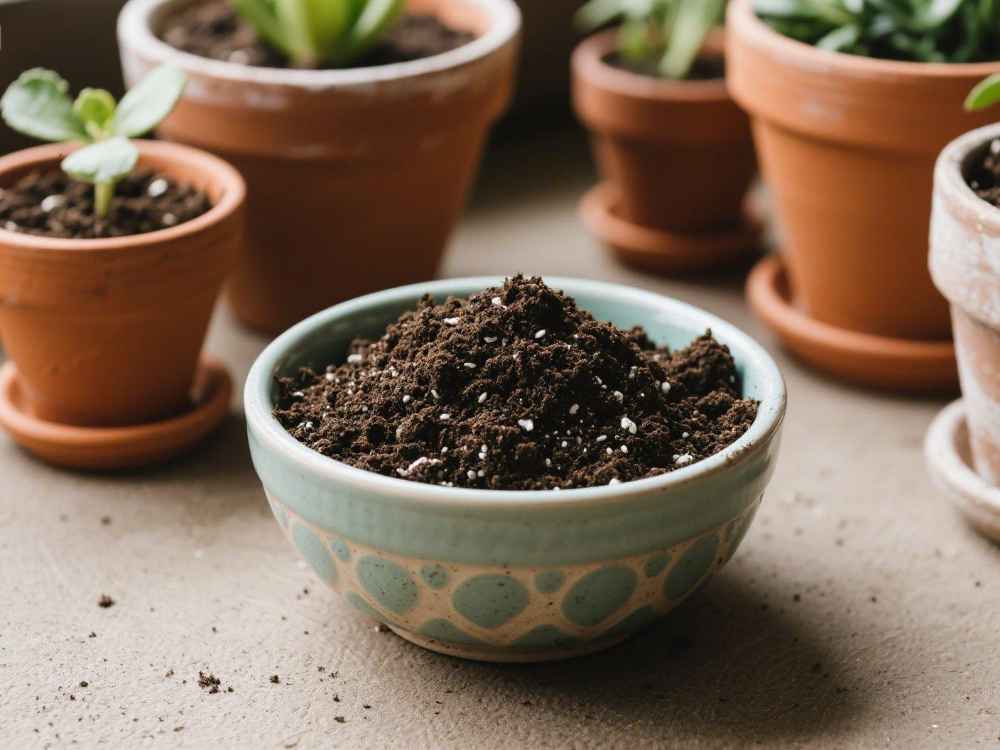
Purchase seed starting mix or make your own at home. Pour Seed Starting Mix into the Seedling tray or Plug tray. Fill each cell of the seedling tray with soil mix.
This mulch-type soil is especially for seed germination. Its moisture-retaining and lightweight properties make it ideal for tomato seedlings.
Before filling soil in pots, make holes at the bottom and keep some stones or leaves for proper drainage (Here’s how). Use separate small pots for each tomato seed. Lightly press soil with your finger to make seprate holes for each seed.
Do You Know? Many authentic sources forbid to use of common garden soil for tomato seedlings, because there may be fungus or other harmful germs that can destroy fragile seedlings. A gardening guide of RHS says to use bio or low-nutrient sterile seed compost.
4-Sow Tomato Seeds and Sprinkle Soil on Them
Do not press tomato seeds too deeply in the soil. Just keep them slightly on the pressed spot and sprinkle soil mix on it, making a layer of 6mm (1/4 inches).
It will be easy to transplant if you sow more than 1 seed per pot or cell. Even regarding pots, you can leave the tomato plant to grow more.
However, sowing multiple seeds per pot, you will have to thin seedlings and shift to a new pot. Because tomato is being thrived day by day, they spread like coverground, depending on the variety.
After sowing tomato seeds, cover the tray with a humidity dome or transparent plastic cover to maintain moist conditions.
5-Give Water and Keep it In a Warm Place
Last but not least! Water from the below using a drip tray. In this way, the soil mix will absorb water without disturbing tomato seeds. Or lightly spray water, especially if seeds are planted in pots.
Remember to keep the soil moist, not wet (Here’s what difference)
Keep the tray in a warm place where the temperature consistently stays between 15 to 20 Celsius. It may be in your kitchen where warmness mostly exists! However, LED grow lights are an effective way to maintain warmth.
How Much Time Does It Take To Germinate Tomato Seeds?
It completely depends on soil type and provided growing conditions. But in an ideal environment are provided, tomato seeds sprout leaves within 5 to 10 days. BBG.org says this period may be shorter because of increasing warmth and moisture.
On the other hand, HGTV describes that tomato seed germination may slow down or stop if the temperature starts to go below 60F (15C). The age of tomato seeds also affects the germination period; the germination rate of old seeds may be less compared to new seeds.
The Next Steps After Tomato Seed Germination
As tomatoes emerge from the soil, remove the cover and place them in a bright location. Thin out several tomato plants to keep just one strong. Now, also change the watering method! Always dip the bottom of the pot or tray in the water to avoid waterlogging.
When two true leaves appear, shift them to a new pot of 9cm or more. However, you don’t really need to move if tomato seedlings are already grown in a larger pot or container.
To continue the vegetative growth of tomatoes, keep them near the window during sunny days with a consistent temperature of 16 to 18 Celcius.
What is There After How to Sow Tomato Seeds?
Here explore when and how to transplant tomato seedlings for an incredible harvest.
